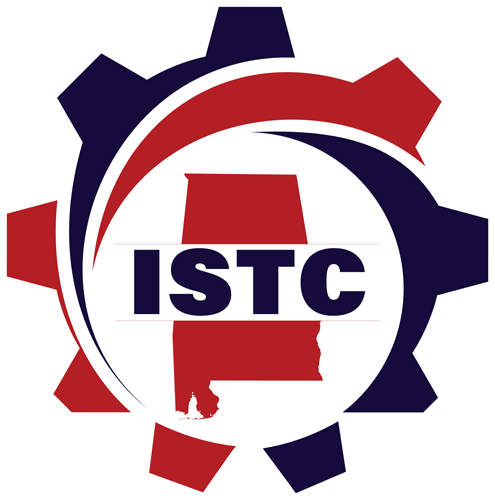The Alabama Department of Archives and History was transformed Tuesday evening as the fourth annual "Changing the Course: Art by the Currently & Formerly Incarcerated" exhibition filled its halls with powerful expressions of creativity, hope, and second chances.
Among the standout contributions were works from J.F. Ingram State Technical College students, whose artistic talents captivated attendees and exemplified the rehabilitative power of creative expression.
"We're incredibly grateful for the opportunity to have our students' artwork featured in such a prominent statewide event," said Annette Funderburk, President of J.F. Ingram State Technical College. "This exhibition gives our students a voice and allows the public to see beyond their past mistakes to the talent and potential within each individual."
The exhibition, hosted by the Alabama Bureau of Pardons and Paroles in partnership with seven state agencies, drew legislators, community leaders, and advocates who moved thoughtfully through the diverse collection of paintings, sculptures, and mixed-media pieces.
Visitors were particularly drawn to several pieces created by Ingram State students, which demonstrated not only technical skill but profound emotional depth. Each artwork told a story of personal growth and transformation, providing rare insight into the journeys of those navigating the justice system.
"What's remarkable about the Ingram State submissions is how they reflect both the quality of instruction and the dedication of the students," noted one attendee, a local art educator. "These pieces would be impressive in any gallery setting."
Bureau Director Cam Ward emphasized the importance of such programs during the event, stating, "Creative expression is a powerful tool for reentry. It gives individuals a voice, a sense of purpose, and a path toward successful rehabilitation and healing."
For the incarcerated artists, having their work displayed in such a prestigious setting represents far more than artistic recognition - it symbolizes their value to society and potential for meaningful contributions beyond their current circumstances.
As plans begin for next year's exhibition, organizers and partners like J.F. Ingram State remain committed to expanding this platform for artistic expression and second chances, recognizing that each piece of art represents a step toward successful reintegration and renewed purpose.
"When we celebrate these artists and their work, we're investing in their future success," Funderburk added. "The confidence and skills developed through these creative programs have lasting impacts that extend well beyond release."
The exhibition serves as a powerful reminder that talent knows no boundaries and that pathways to redemption can sometimes be paved with brushstrokes, sculpting tools, and the transformative power of creative self-expression.

